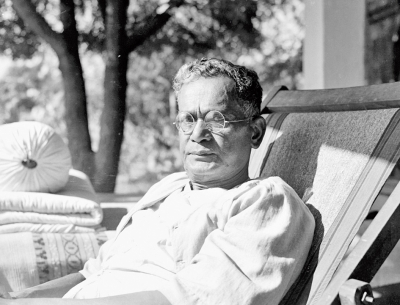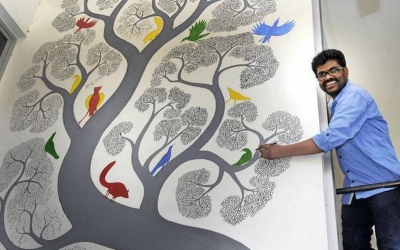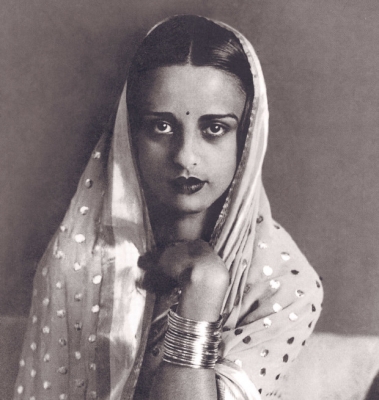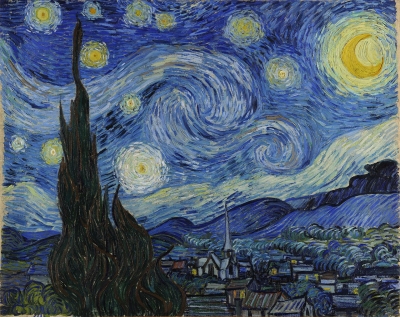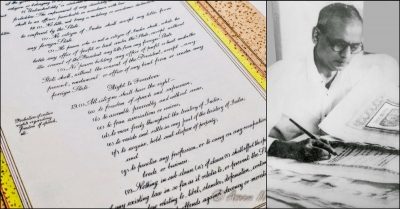
The original Constitution of India was handwritten by Prem Behari Narain Raizada in a flowing italic style with beautiful calligraphy. The Constitution was published in Dehradun and photolithographed by the Survey of India.
The original copies of the Indian Constitution were written in Hindi and English. Each member of the Constituent Assembly that drafted the Constitution, signed two copies of the constitution, one in Hindi and the other in English.
There are a total of 117,369 words in the English version of the Constitution of India which contains 444 articles in 22 parts, 12 schedules and 115 amendments.
With so much of writing, the Indian Constitution is the longest of any sovereign country in the world. In its current form, it has a Preamble, 22 parts with 448 articles, 12 schedules, 5 appendices and 115 amendments. Both the versions of the Constitution, Hindi and English, were handwritten. It is the longest handwritten constitution of any country on earth.
Picture Credit : Google

